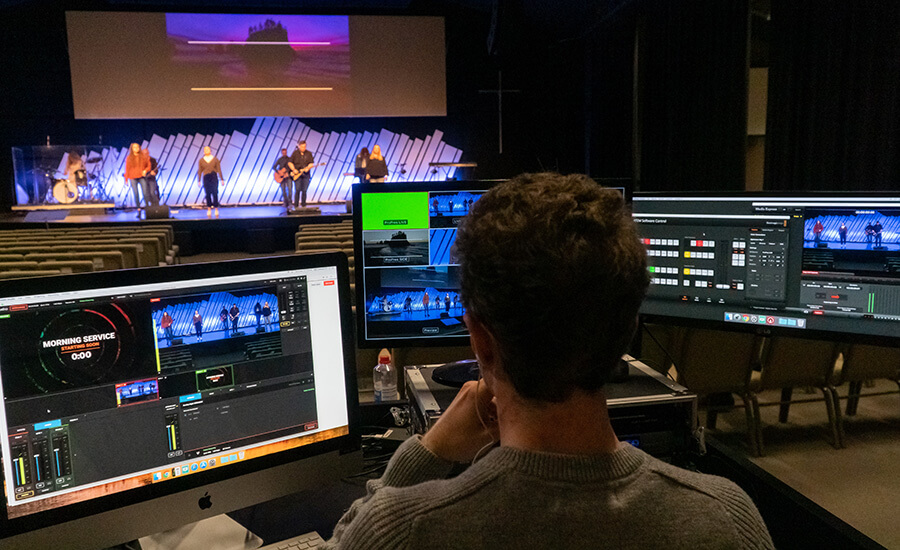Illuminating the Impact of Illumination Conditions on Movement Detection Precision and Reliability
Illuminating the Impact of Illumination Conditions on Movement Detection Precision and Reliability
Blog Article
Lighting conditions have a significant role in how well we can detect movement. Movement detection is a critical component of various technologies, such as surveillance cameras, automatic illumination systems, and even some gaming applications. Understanding the ways various illumination conditions affect our capacity to perceive movement can help improve the design and efficacy of these technologies. For instance, inadequate illumination can lead to overlooked motions or incorrect alerts, while optimal illumination can boost the precision of movement detection systems.
In bright illumination conditions, motion detection is generally more accurate. As there is sufficient illumination, sensors and cameras can capture clearer pictures, which assists in recognizing moving objects. Well-lit conditions allow for better contrast between the dynamic element and the background. This differentiation is crucial for both visual observers and automated technologies, as it facilitates it easier to differentiate between static and moving elements in a scene. Thus, ensuring that areas are well-lit can greatly enhance the performance of movement detection technologies.
On the other hand, dim conditions can present challenges for motion detection. In dim environments, darkness can obscure dynamic objects, which makes them hard to detect. Additionally, the eye faces challenges to detect movement in dim conditions, which can lead to misinterpretation of the situation in the surroundings. Cameras might also face challenges, as many do not function well in dim conditions without the use of infrared technology or other improvements. These limitations highlight the significance of sufficient lighting in settings where movement detection is critical.
Additionally, various kinds of illumination can have different impacts on movement detection. For instance, neon lights can flash, which might mislead motion detection technologies that rely on steady illumination input. On the other hand, daylight provides a consistent form of illumination that improves visibility. Comprehending these variations in lighting types can assist operators in selecting the most appropriate illumination for specific uses, particularly in security and safety scenarios.
In conclusion, the connection click for more info between illumination environments and motion detection accuracy is significant. By making sure that settings are suitably lit, we can enhance the dependability of movement detection technologies. This knowledge not only benefits tech applications but also improves security and safety in multiple environments. As more more advancements are made in motion detection technology, taking into account illumination environments will continue to be a vital factor in optimizing effectiveness and guaranteeing that these technologies function properly in various conditions.